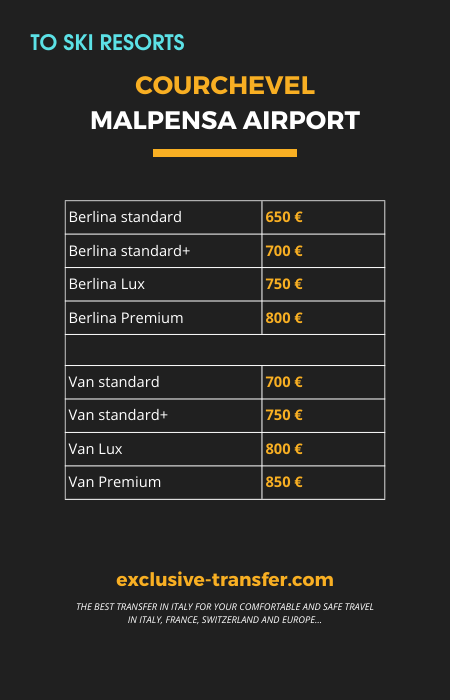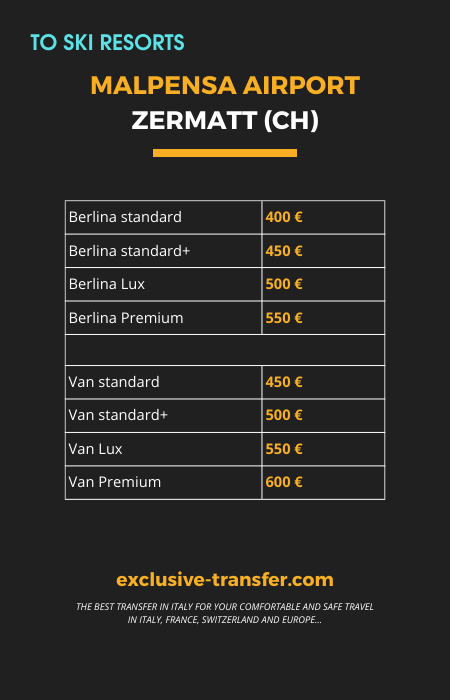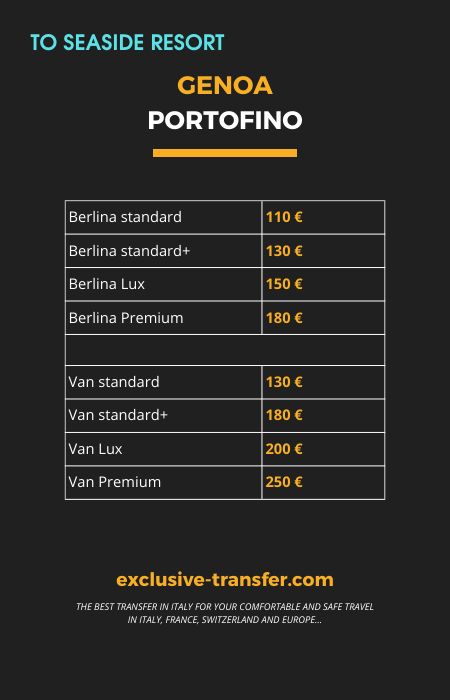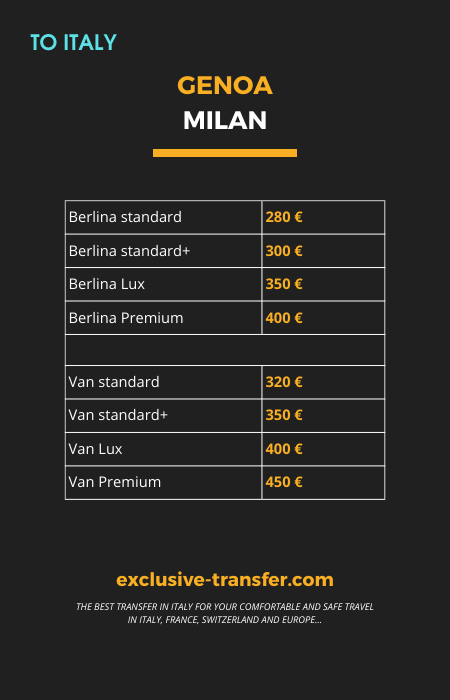Italian and German Corporate Giants: A Comparison of Differences
The Italian and German economies are two significant players on the global stage. Both countries are known for their industrial prowess and large corporations, which play a crucial role in their economic development. However, conducting a comparative analysis of major companies in both countries reveals noticeable differences in the structure and size of their corporate sectors.
More
Italian Corporations:
The Italian economy is renowned for its large companies in the energy, oil and gas, and consumer goods sectors. It is important to note that the majority of major Italian companies are privately owned, preferring to remain independent and retain control beyond their borders. Companies such as Ferrero, Stellantis, and Luxottica are prime examples of this strategy. They successfully market their products globally while maintaining private control.
However, the Italian corporate sector has its limitations. Despite the presence of major companies with revenues exceeding $1 billion, their number is significantly fewer compared to other developed countries. This creates challenges in competing on the global market and attracting investments.
German Corporations:
In contrast to Italy, Germany has more major companies exceeding the $1 billion mark. These companies span a wide range of industries, including automobile manufacturing, retail trade, energy, and finance. Most major German companies are privately owned, allowing them to operate on the global market with greater flexibility and competitiveness.
For example, companies such as Volkswagen, Daimler, and BMW are global leaders in the automotive industry and continue to successfully compete on the global stage. This demonstrates a high level of innovation and efficiency in the German corporate sector.
Comparison and Conclusions:
Comparing Italian and German corporate sectors, several key differences can be highlighted:
- Size and Structure: The German corporate sector is larger and more diverse compared to the Italian sector. This provides greater flexibility and competitiveness for German companies in the global market.
- Government Control: In Italy, the majority of major companies are privately owned, whereas in Germany, there is a more equal distribution between private and state-owned companies.
Overall, both countries have their strengths and weaknesses in the corporate sector. However, Italy should focus on increasing the number of major companies and attracting foreign investments to enhance competitiveness in the global market
02.00
Follow our news on our channels…
Subscribe OlO Italy News
TRANSFER IN ITALY
Malpensa Airport – Milan – from € 90.-
Como – Milan – from € 90.-
Bergamo – Milan – from € 90.-
Lugano – Milan – from € 140.-
Fiumicino Airport – Rome – from € 70.-
Ciampino Airport – Rome – from € 70.-
Civitavecchia – Rome – from € 150.-
Milan – Rome – from € 900.-














